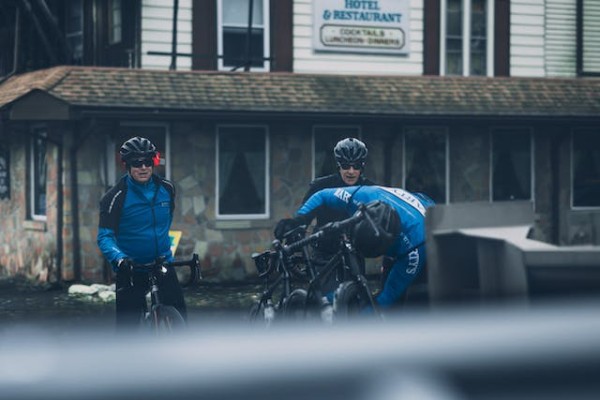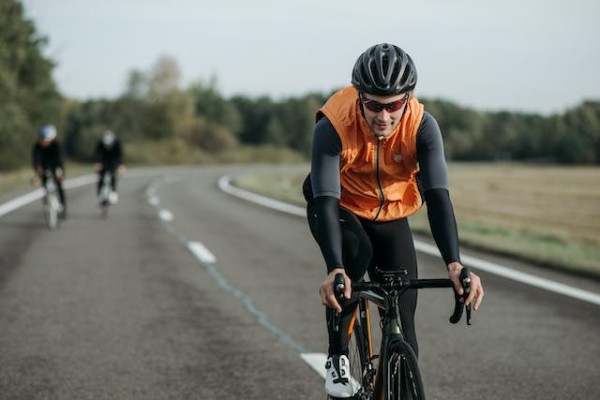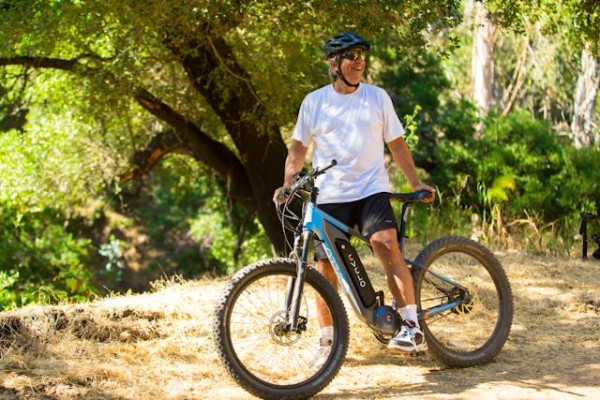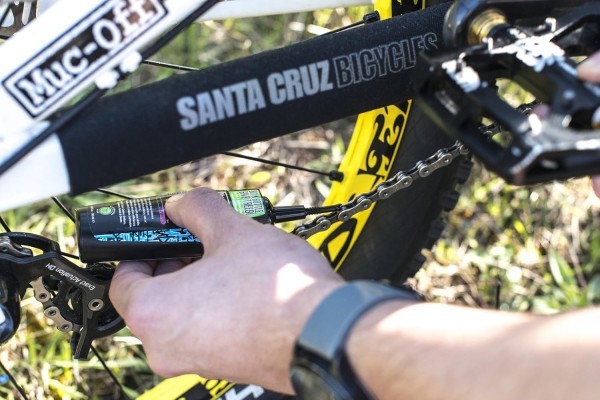You’ve just purchased your brand-new e-bike and you’re ready to hit the trails. But before you embark on your thrilling adventures, it’s crucial to hone your e-bike handling skills. From balancing and stability to cornering techniques, there are several aspects you need to master to ensure a safe and enjoyable ride. We will explore these essential skills and provide you with practical tips to enhance your e-bike handling abilities. Whether you’re a seasoned rider or a beginner, there’s always something new to learn. So, let’s dive in and discover how you can take your e-biking experience to the next level.
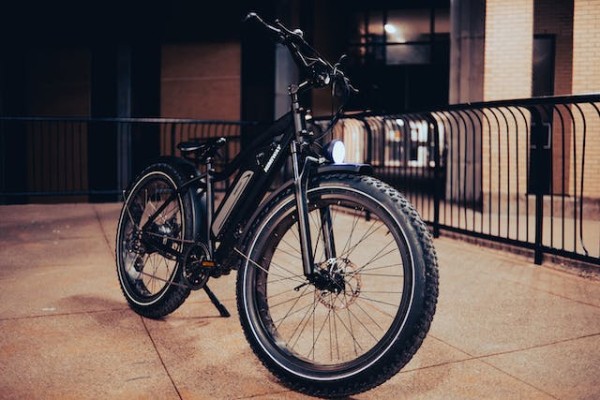
5. Balancing and Stability
To maintain balance and stability while riding an e-bike, it’s crucial to develop strong core muscles and maintain a centered body position. Your core muscles, which include the abdominals, back muscles, and hip muscles, play a key role in providing stability and control while riding. By strengthening these muscles, you can improve your ability to maintain balance and control the bike.
Additionally, keeping your body centered and aligned with the bike’s frame helps distribute your weight evenly, reducing the risk of tipping or losing control. To achieve this, focus on keeping your head up, shoulders relaxed, and hips centered over the bike. Practicing these techniques regularly will enhance your overall riding experience and make you a more confident and skilled e-bike rider.
4. Cornering Techniques
Maintaining balance and stability on an e-bike is crucial. When approaching a corner, it’s important to adjust your body position. Lean your bike into the turn while keeping your body upright, allowing you to maintain control and traction.
To execute the turn smoothly, apply gentle pressure to the handlebars, guiding your e-bike through the curve. Remember to look ahead and anticipate the line you want to take, keeping your eyes focused on the exit.
As you exit the corner, gradually increase your speed and straighten your e-bike. Practicing these cornering techniques will enhance your control and confidence when navigating bends and curves. This will make your e-bike riding experience more enjoyable and safe.
3. Braking and Stopping
Mastering the art of braking and stopping is essential for maintaining control and ensuring safe e-bike handling. When it comes to braking, it’s important to understand that e-bikes have regenerative braking systems, which means that the motor assists in slowing down the bike.
However, relying solely on regenerative braking can cause the rear wheel to skid, leading to a loss of control. To prevent this, it’s crucial to use both brakes, applying them evenly and gradually.
Additionally, be mindful of weight distribution when braking, as shifting your weight too far forward can cause the rear wheel to lift off the ground. Practicing emergency stops is also recommended to improve your reflexes and ability to stop quickly and safely.
2. Climbing and Descending
When climbing on your e-bike, it’s crucial to adjust your handling techniques to maintain control and ensure a safe ride.
- Shift your weight forward
- Maintain a steady pedaling cadence to generate sufficient power
- Keep your upper body relaxed
- Maintain a firm grip on the handlebars
- Distribute your weight evenly on both tires to maximize traction
When descending on your e-bike, it’s important to adjust your handling techniques to maintain stability and control.
- Shift your weight backward
- Use both brakes simultaneously
- Apply firm and consistent pressure to slow down
- Avoid sudden, aggressive braking to prevent skidding
- Keep your eyes focused ahead
- Anticipate any obstacles or changes in terrain
1. Obstacle Handling
Obstacle handling is a crucial skill to master to ensure a safe and enjoyable ride. When encountering obstacles such as rocks, roots, or potholes, it’s important to maintain a stable and balanced position on your e-bike.
Keep your body centered and relaxed, with your knees slightly bent and elbows flexed. As you approach the obstacle, shift your weight back and lift the front wheel slightly to clear it. Use your legs to absorb any impact and maintain control.
It’s also essential to maintain a steady and controlled speed, avoiding sudden movements or braking that could cause loss of balance. Practice obstacle handling in a controlled environment before tackling more challenging trails to improve your skills and confidence.
Frequently Asked Questions
How Do I Choose the Right E-Bike for My Skill Level and Riding Style?
Assess your experience and comfort level with e-bikes. Determine whether you prefer off-road or on-road riding. Take into account the terrain you’ll be traversing and the distance you plan to cover. Research different e-bike models and their features, such as motor power and battery range. Test ride a few options to see which one feels the most compatible with your abilities and preferences.
Are There Any Specific Techniques for Emergency Braking on an E-Bike?
When it comes to emergency braking on an e-bike, there are specific techniques you can employ. First, make sure to shift your weight towards the rear of the bike to maximize traction on the rear wheel.
Then, apply both brakes evenly to avoid skidding. Keep your eyes up and focused on the road ahead, and be prepared to release the brakes gradually once you’ve slowed down. Practicing these techniques will help you handle emergency braking situations effectively on your e-bike.
Conclusion
In conclusion, mastering e-bike handling skills is crucial for a safe and enjoyable ride. By practicing balancing and stability, cornering techniques, braking and stopping, climbing and descending, as well as obstacle handling, riders can enhance their overall control and confidence.
Did you know that e-bike sales have surged by 145% in the past year? This shows the growing popularity of e-bikes and emphasizes the importance of honing your skills to fully enjoy this exciting mode of transportation.
